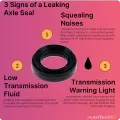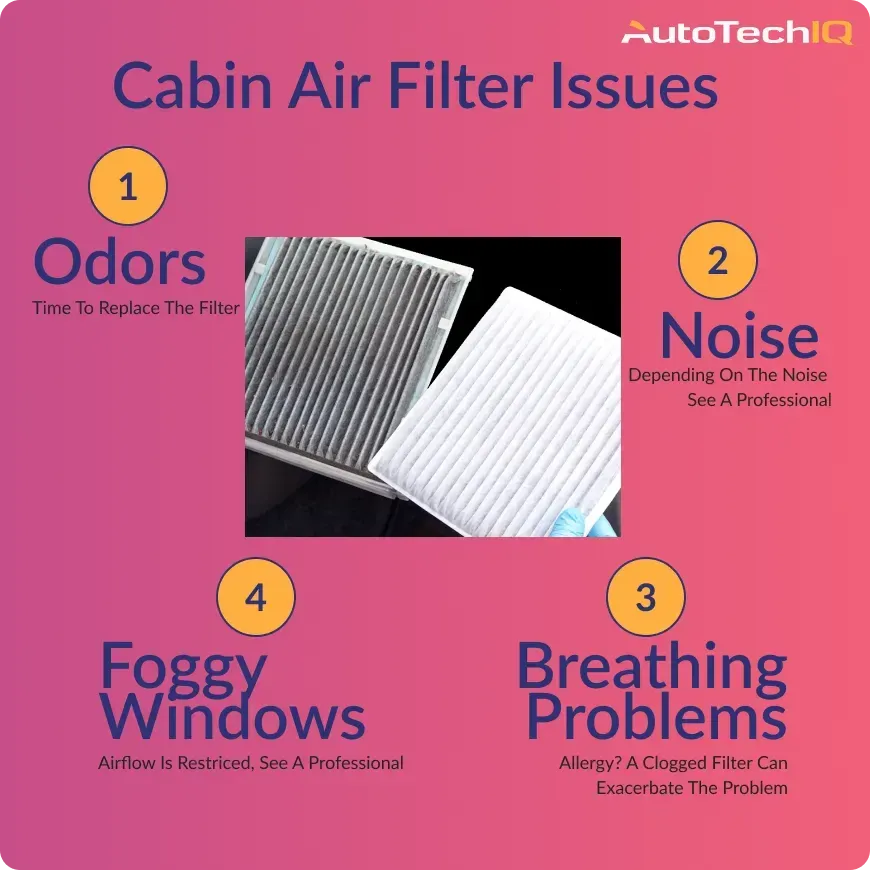
A cabin air filter replacement might be due if you're experiencing specific symptoms. Cabin air filters prevent the vehicle's HVAC system (heater and air conditioning) from having bad air quality
Signs of a clogged filter
Reduced airflow: This is the most common sign. A clogged cabin air filter affects the vehicle's ventilation system, reducing airflow. You may notice that the air coming out of the vents is weak, even when the fan is on high.

Unpleasant odors: If you smell musty, moldy, or exhaust fumes from the vents, it's a good indication that your filter needs to be replaced.

Foggy or icy windows: A clogged filter can restrict airflow and make it harder for your defroster to work correctly.

Increased noise: If the filter is clogged, or the cooling fan motor is damaged, you may hear whistling or other noises from the vents.

Allergy or breathing problems: If you suffer from allergies or asthma, a dirty filter can exacerbate your symptoms.
If you notice any of the signs mentioned, consider getting a new cabin air filter. An old cabin air filter starts with a weak airflow but can quickly develop into something more serious.
What does a cabin filter do?
A cabin air filter plays a crucial role in keeping your car's interior clean and comfortable by acting as a barrier between the outside world and the air you breathe inside. Here's a breakdown of its key functions:
Trapping harmful contaminants
-
Dust, dirt, and pollen: This helps prevent allergic reactions, respiratory issues, and discomfort, especially for passengers with sensitivities.
-
Exhaust fumes and other pollutants: It filters out harmful gases and odors entering the car, contributing to cleaner air and reducing unpleasant smells.
-
Mold and bacteria: The filter stops these from entering the cabin, creating a healthier environment and preventing unpleasant odors.
Improving air quality and climate control
-
Cleaner air: By removing contaminants, the filter ensures you and your passengers are breathing cleaner air, leading to a more comfortable and healthier journey.
-
Better airflow: A clean filter allows air to flow freely through the ventilation system, improving the effectiveness of your heating and air conditioning.
-
Reduced noise: A clogged filter can restrict airflow, causing the blower motor to work harder and creating extra noise. A clean filter helps maintain quieter operation.
Overall benefits
-
Healthier driving experience: Cleaner air inside the car reduces the risk of allergic reactions, respiratory discomfort, and exposure to harmful pollutants.
-
Improved comfort: Consistent airflow and reduced noise contribute to a more comfortable journey for everyone.
-
Protected climate control system: A clean filter prevents contaminants from clogging up the HVAC system, extending its lifespan and ensuring its efficiency.
Remember, a regularly replaced cabin air filter is a small investment that yields significant benefits for your health, comfort, and car's performance.
Is it safe to drive with clogged cabin air filters?
While a clogged cabin air filter won't directly impact your car's ability to drive, it's not recommended and can create several drawbacks that could indirectly affect your safety and comfort. Here's why:
Impact on Health
Reduced air quality: A clogged filter won't trap dust, pollen, allergens, and other pollutants efficiently, leading to poorer air quality inside the car. This can worsen allergies, trigger asthma attacks, and cause respiratory discomfort, especially for those with sensitive lungs.
Mold and bacteria growth: A damp, clogged filter can become a breeding ground for mold and bacteria, further aggravating respiratory issues and potentially causing unpleasant odors.
Impact on Driving Experience
Reduced airflow: A clogged filter restricts air circulation, making the air conditioning and heating less effective, impacting your comfort and potentially your ability to see clearly if the defroster is compromised.
Increased engine strain: The HVAC system has to work harder to push air through a clogged filter, which can reduce fuel efficiency and put extra strain on the engine.
Distractions: The discomfort caused by poor air quality or reduced airflow can be distracting while driving.
How often do I need a cabin air filter replacement?
The recommended frequency for replacing a cabin air filter depends on various factors, including:
Manufacturer's recommendation: This is the most important factor. Your car's owner's manual will specify the recommended replacement interval, typically ranging from 12,000 to 30,000 miles. Always prioritize this information.
Driving conditions: If you drive in dusty environments, frequent off-roading, or areas with heavy pollen, the filter will clog faster. Consider replacing it more often, perhaps every 7,500-10,000 miles.
Signs of a clogged filter: Even if you haven't hit the mileage recommendation, replace the filter if you notice:
- Reduced airflow from vents
- Lingering unpleasant odors
- Increased dust settling on interior surfaces
- Visible dirt or debris on the old filter
Seasonality: Some recommend replacing the filter twice a year, in spring and fall, to ensure optimal performance for summer's AC and winter's defroster.
Overall, prioritize manufacturer recommendations, adjust based on your driving conditions, and be mindful of any warning signs. Remember, a clean cabin air filter contributes to a healthier and more comfortable driving experience.
Potential damage
Blower motor damage: In extreme cases, a severely clogged filter can restrict airflow so much that it damages the blower motor, leading to costly repairs.
Replacing your cabin air filter yourself is often possible, depending on your car. Most require simple tools and take under 15 minutes. Check your owner's manual for specific instructions – they'll tell you the location (often behind the glove box or under the dash) and any tools needed. If comfortable with DIY and the instructions seem straightforward, give it a go! For complex access or if unsure, consult a mechanic or watch online tutorials for your car model.
Get a Digital Vehicle Inspection to document your air filter situation:
-
Select a shop of your trust (here is a list of shops near you)
-
They will create inspection results at no cost (in rare cases there might be labor to be paid for retrieving the filter) to show you whether the filter is dusty, discolored, or covered in debris, and it's time to replace it.
Here are typical examples of inspection results for vehicles like yours
-
They will Replace the filter with a high-quality new filter. Cheap filters may not be as effective at filtering out dust and pollen.
Other news
-
Car is Squealing When Driving
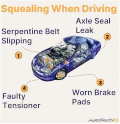
-
What is Preventative Maintenance and What Are The Benefits of it?

-
JobViewIQ - DVI Process Training - Part of the Auto Care Alliance Benefits

-
7 Signs of AC Pulley Issues
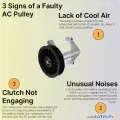
-
7 Signs of Clogged AC Components
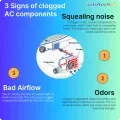
-
How Much Does a Transmission Fluid Change Cost?
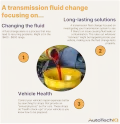
-
7 Signs of a Leaking Axle Seal
